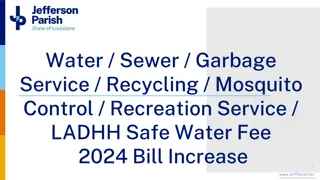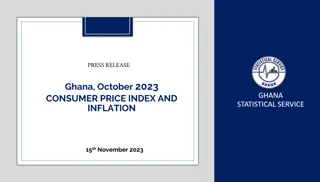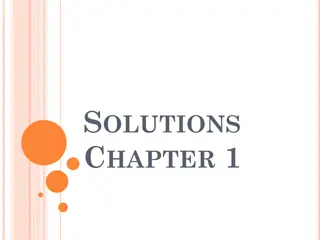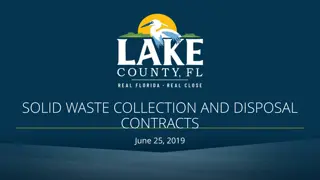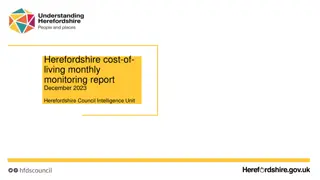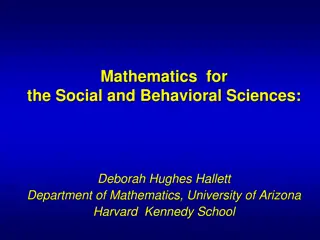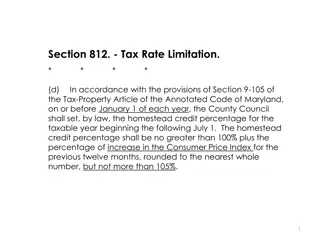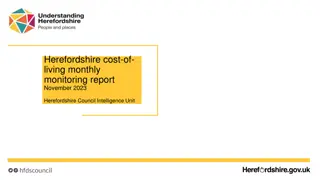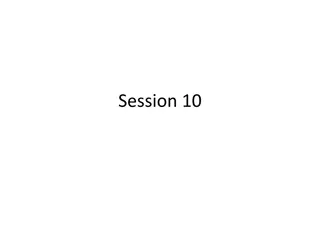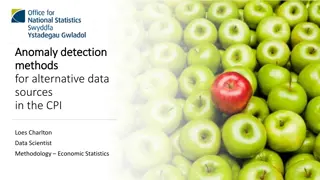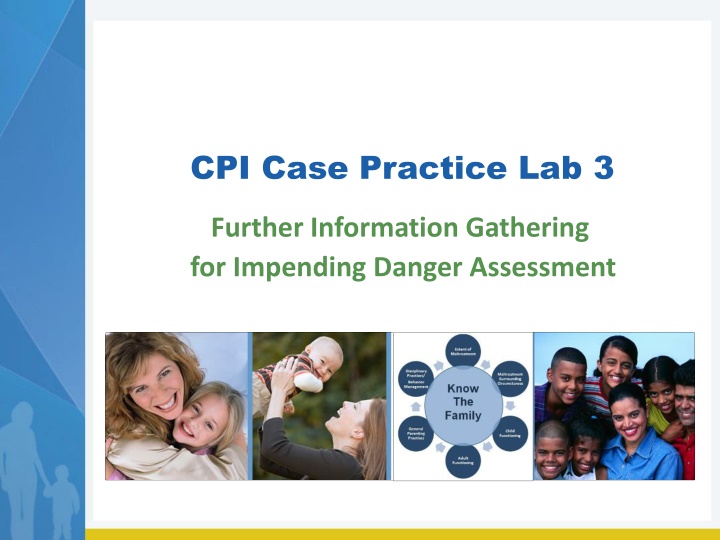
Family Safety Assessment and Planning in CPI Case Lab Practice
"Explore the critical process of assessing family safety and establishing protective plans in CPI Case Practice Lab. Learn about information sufficiency, safety plan management, and addressing substance abuse concerns for effective safety planning. Gain insights into identifying impending danger threats and safeguarding children at risk."
Download Presentation

Please find below an Image/Link to download the presentation.
The content on the website is provided AS IS for your information and personal use only. It may not be sold, licensed, or shared on other websites without obtaining consent from the author. If you encounter any issues during the download, it is possible that the publisher has removed the file from their server.
You are allowed to download the files provided on this website for personal or commercial use, subject to the condition that they are used lawfully. All files are the property of their respective owners.
The content on the website is provided AS IS for your information and personal use only. It may not be sold, licensed, or shared on other websites without obtaining consent from the author.
E N D
Presentation Transcript
CPI Case Practice Lab 3 Further Information Gathering for Impending Danger Assessment
Learning Objectives Learning Objectives 1. Explain and demonstrate the criteria for information sufficiency. 2. Describe present danger safety plan management. 3. Assess a completed FFA against the practice standards for information sufficiency and safety analysis. CPI Case Practice Lab 3.2
Family Functioning Assessment (FFA) Purpose Purpose Practice Practice Objectives Objectives Identify families in which children are unsafe and in need of ongoing protective supervision (whether non- judicial or judicial in-home or out of home) Determine children who are unsafe Protect children who are unsafe Establish and manage safety plans Confirm the occurrence of maltreatment Identify problems associated with impending danger threats and caregiver protective capacities Refer families for community-based supports based upon risk assessment determination Establish agency s formal, written assessment of family functioning. CPI Case Practice Lab 3.3
Information Sufficiency Information Sufficiency for the FFA for the FFA Is domain relevant Fully describes the domain Essential to know Validated & Reconciled Describes role of other persons in household or family resources Supports threshold criteria for danger threats Provides sufficient information for protective capacity assessment CPI Case Practice Lab 3.4
Safety Plan Management Safety Plan Management Is present danger plan working dependably? At times expected By persons/providers designated Parents remain cooperative Child is experiencing protection CPI Case Practice Lab 3.5
Substance Abuse, Bottom Line Substance Abuse, Bottom Line for Safety Planning for Safety Planning Parent may be in-home with child when: Parent with substance abuse disorder can demonstrate that they understand prior successful engagement of supports (e.g., willingness to reach out to an AA/NA sponsor, self-admit to detox, etc.) to help user deal with likely relapse issues (e.g., drug cravings, triggers , etc.) an understanding of how their use creates a danger threat to child Non-maltreating parent and safety service providers recognize drug use behavior in the maltreating parent have specific safety actions in place to protect child should a lapse occur CPI/CM needs on-going communication with treatment professional to make this call Parent may NOT be in-home with child until the investigator or case manager can affirmatively validate above criteria. Sufficient safety services are available CPI Case Practice Lab 3.6
Unmanaged Mental Illness, Bottom Unmanaged Mental Illness, Bottom Line for Safety Planning Line for Safety Planning Parent may be in-home with child when: Parent with poorly or unmanaged mental illness needs to demonstrate: a successful past history of symptom management have already initiated actions to more effectively manage symptoms an understanding of their symptoms of mental illness and how they lead to danger threats for child Non-maltreating parent and safety service providers recognize signs or symptoms of improper medication management have specific safety actions in place to protect child should mental illness not improve or continue to deteriorate Sufficient safety services are available CPI/CM needs on-going communication with treatment professional to make this call Parent may NOT be in-home with child until the investigator or case manager can affirmatively validate above criteria. CPI Case Practice Lab 3.7
Domestic Violence, Bottom Domestic Violence, Bottom Line for Safety Planning Line for Safety Planning Parent may be in-home with child when: Parent who perpetrates acts of power and control demonstrate: follow through with initial safety plan actions agreed to an understanding of how their actions create danger threat(s) to child an ability to handle triggers appropriately Non-maltreating parent and safety service providers recognize signs of power and control by maltreating parent have specific safety actions in place to protect children from being exposed to new incidents of domestic violence Sufficient safety services are available CPI/CM needs on-going communication with treatment professional to make this call Parent may NOT be in-home with child until the investigator or case manager can affirmatively validate above criteria. CPI Case Practice Lab 3.8
Lab Activity: Lab Activity: Information Sufficiency or Information Sufficiency or When do I have enough? When do I have enough? CPI Case Practice Lab 3.9
Determining That A Child Is Unsafe Unsafe Child: Negative family conditions have crossed the danger threshold and are no longer able to be managed/controlled by the family Threshold Criteria: Vulnerable Child Imminent Severe Observable Safe Child: Negative family conditions are able to be controlled/ managed by the family Out of Control CPI Case Practice Lab 3.10 10
CPI Practice CPI Practice Standards: Impending Danger Assessment Impending Danger Assessment Standards: Impending Danger Assessment was complete. Impending Danger Threats were correctly identified and can be justified using the danger threat threshold criteria. Protective capacities were correctly identified for each parent/caregiver as sufficient or insufficient and information was presented in the domains to justify each one. Appropriate safety determination was made. CPI Case Practice Lab 3.10 11
Lab Activity: Lab Activity: Analysis of Completed FFA Analysis of Completed FFA- - Investigation, Information Domains Investigation, Information Domains CPI Case Practice Lab 3.12
Criteria for In Criteria for In- -Home Safety Plan Home Safety Plan 1. The parent/legal guardians are willing and have demonstrated that they will cooperate The home environment is calm and consistent Safety services are available at a sufficient level An in-home safety plan and the use of in- home safety services can sufficiently manage impending danger without the results of scheduled professional evaluations The parent/legal guardians have a physical location in which to implement an in-home safety plan. 2. 3. 4. 5. CPI Case Practice Lab 3.13
Conditions for Return Conditions for Return Conditions for return describe the conditions that must exist for children with out-of-home safety plan to return home through the use of an in home safety plan. When criteria for an in-home safety plan can be met, children should go home. CPI Case Practice Lab 3.14
Safety Analysis Documents Safety Analysis Documents Reasonable Efforts Reasonable Efforts Describes how each specific in-home criteria is met, or not met Clear picture of times that danger threat is operating and what safety actions can protect child Not an in-home, 24 X 7 plan Description of available safety service to manage the threat Not dependent on maltreating parent actions to protect CPI Case Practice Lab 3.15
Lab Activity: Lab Activity: Review of Completed FFA Review of Completed FFA- - Investigations, Safety Analysis Investigations, Safety Analysis CPI Case Practice Lab 3.16
Congratulations! Congratulations! CPI Case Practice Lab 3.17


